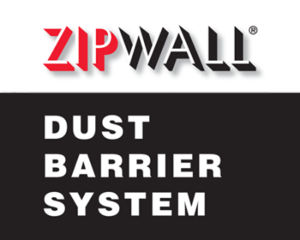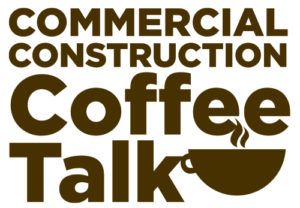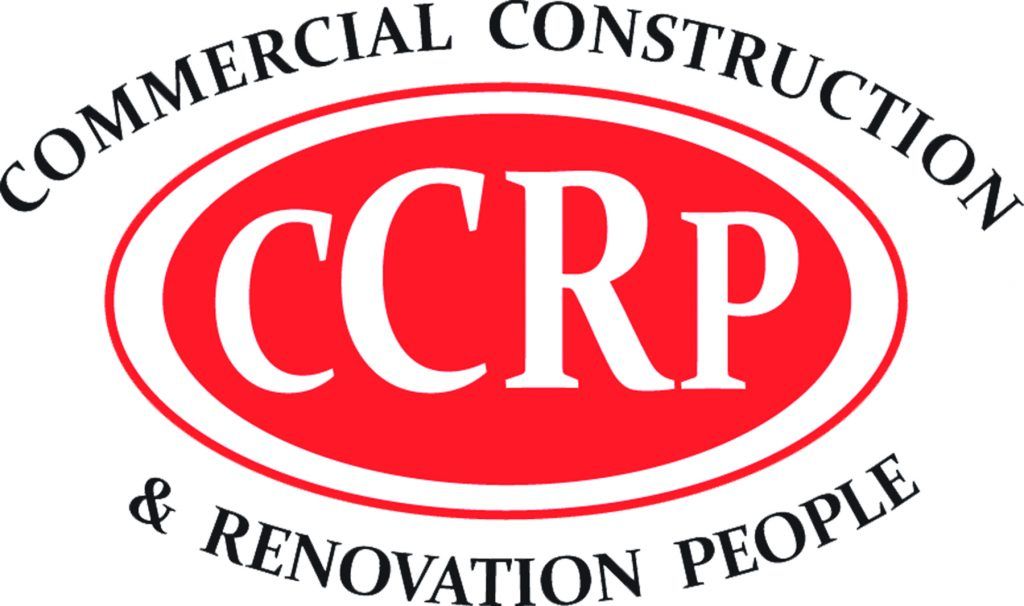Let’s be honest—most people think their workplace is safe just because no one’s gotten hurt recently. Maybe there’s a “Safety First” poster in the break room or a fire extinguisher by the door. But that’s not always enough. Some of the most common beliefs about workplace safety are flat-out wrong. And believing these myths could cost your business big time, through injuries, fines, and lost trust.
In this post, we’re breaking down seven safety myths that are still floating around. Whether you’re a manager, business owner, or just part of a hardworking team, knowing the truth about these myths can help you keep everyone safer and avoid expensive mistakes. Clearing up these misconceptions could be the smartest move you make this year.
1. “If No One’s Been Hurt, Our Safety Program Must Be Working”
Just because there hasn’t been an accident doesn’t mean your safety program is solid. In fact, many unsafe practices can go unnoticed for months—or even years—until something finally goes wrong. That’s when a simple oversight turns into a major issue.
A good safety program isn’t just about reacting when something bad happens. It’s about preventing problems before they start. You can’t wait until someone gets hurt to decide that safety matters. You need to take action before risk becomes reality.
If OSHA visits your workplace and issues a citation, it’s important to know that you have options. There’s a dedicated service that helps employers evaluate citations, prepare a defense strategy, correct violations, and even negotiate with OSHA officials. You can go through this link to understand how the process works: https://legacymarksafety.com/osha-citation-assistance/
2. “OSHA Only Inspects Large Companies”
It’s easy to think OSHA only goes after big corporations with hundreds of employees. But that’s not how it works. OSHA investigates companies of all sizes, especially if someone files a complaint, an accident occurs, or there’s a known hazard in your industry.
Small businesses often feel like they’re flying under the radar. But assuming you’re safe from inspections can leave you wide open to violations. Being small doesn’t make you invisible—and it doesn’t exempt you from safety standards.
In fact, small companies may suffer more from the financial impact of even one OSHA fine. The key is staying proactive, no matter your size. Every business needs a safety game plan, no matter how many employees it has.
3. “Once We Pass an Inspection, We’re in the Clear”
Passing one inspection doesn’t mean you’ve got a permanent stamp of approval. OSHA rules can change. So can your workplace. Equipment gets updated, new people join the team, and job duties shift. What passed last year might not be good enough now.
A single good inspection is something to be proud of, but it doesn’t mean you can relax. Safety is an ongoing effort. Make regular checks part of your routine and stay up to date with changing standards. It’s the only way to keep your workplace protected.
Rechecking your processes every few months can make a big difference. Even simple updates can help you stay ahead of potential violations.
4. “Posting Safety Signs Is Enough”
Signs and posters have their place, but they’re not a full safety plan. You can’t expect people to know what to do in an emergency just because there’s a sign on the wall.
Real safety comes from training, practice, and clear communication. Your team needs to know how to handle equipment, how to report hazards, and what to do if something goes wrong.
Think of signs as reminders, not solutions. They help support your training, but they shouldn’t replace it. Visual aids are helpful, but only if they’re backed up by clear actions.
5. “Only the Safety Officer Is Responsible for Workplace Safety”
Some workplaces treat safety like it’s one person’s job. But it’s really a team effort. From owners to new hires, everyone should be part of keeping the workplace safe.
If only one person is thinking about safety, things get missed. Hazards go unreported. Procedures don’t get followed. And, when that one person isn’t around, the whole system falls apart.
Instead, make safety a shared responsibility. Encourage everyone to speak up, follow procedures, and look out for each other. It creates a stronger, more reliable safety culture. It also helps build accountability across every level of your organization.
6. “Training Is a One-Time Requirement”
It’s not enough to do one training session and call it done. People forget things. New equipment gets introduced. Roles change. Even long-time employees need refreshers to stay sharp.
Safety training should be ongoing. Regular sessions help people stay informed and confident. They also show your team that safety is a top priority, not just a box you check once a year.
Updated training can help you avoid mistakes and stay in line with safety rules as they evolve. It’s also a great way to reinforce values and keep everyone aligned on what matters most.
7. “Paying the Fine Is Easier Than Fighting a Citation”
At first, it might seem easier to just pay an OSHA fine and move on. But doing that comes with risk. If you pay the fine without contesting it, you’re basically admitting guilt. And that can come back to bite you.
OSHA tracks violations. If you get cited again for something similar, it could be labeled a “repeat” offense. That can mean much larger penalties next time. Suddenly, that “easy” option turns into a very expensive problem.
You have the right to ask questions, push back, and protect your business. Paying the fine right away isn’t always your best choice. Sometimes, challenging a citation can lead to better outcomes and fewer issues down the road.
Just because something sounds like common sense doesn’t mean it’s true, especially when it comes to safety at work. These myths stick around because they’re easy to believe. But holding onto them can cost you, both in money and in risk to your team.
The good news? You can challenge these myths starting today. Build a safety culture that works for everyone. Train your team often. Stay alert to changes. And make sure your safety efforts are stronger than just signs on a wall.
Workplace safety isn’t about luck—it’s about planning, communication, and making smart choices. Leave the myths behind and take steps that actually keep people safe. Your business—and your team—deserve it.
























